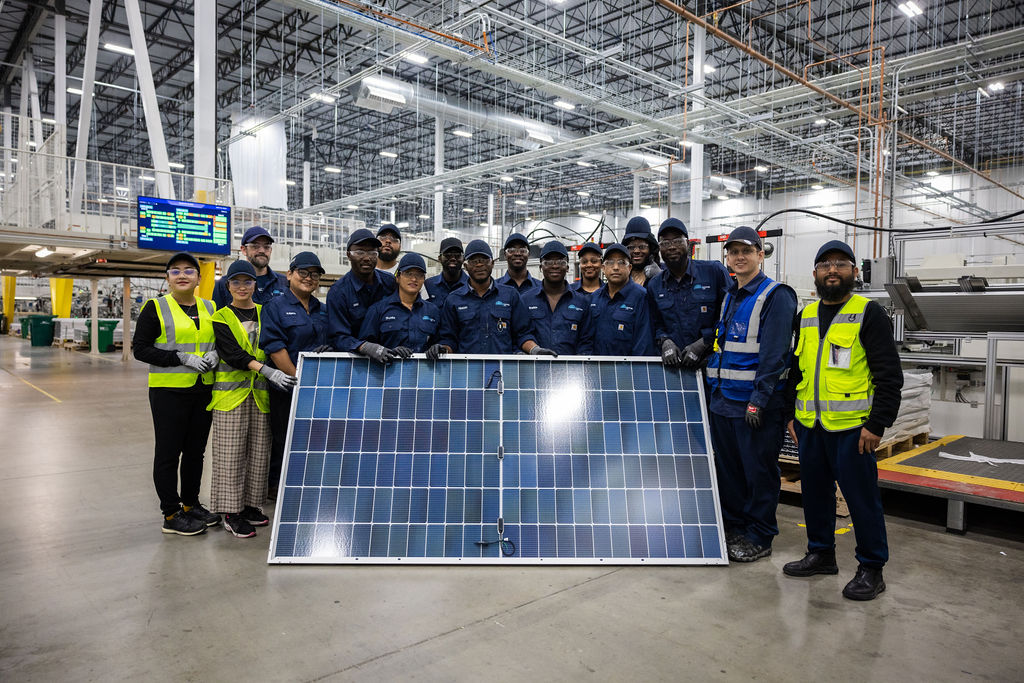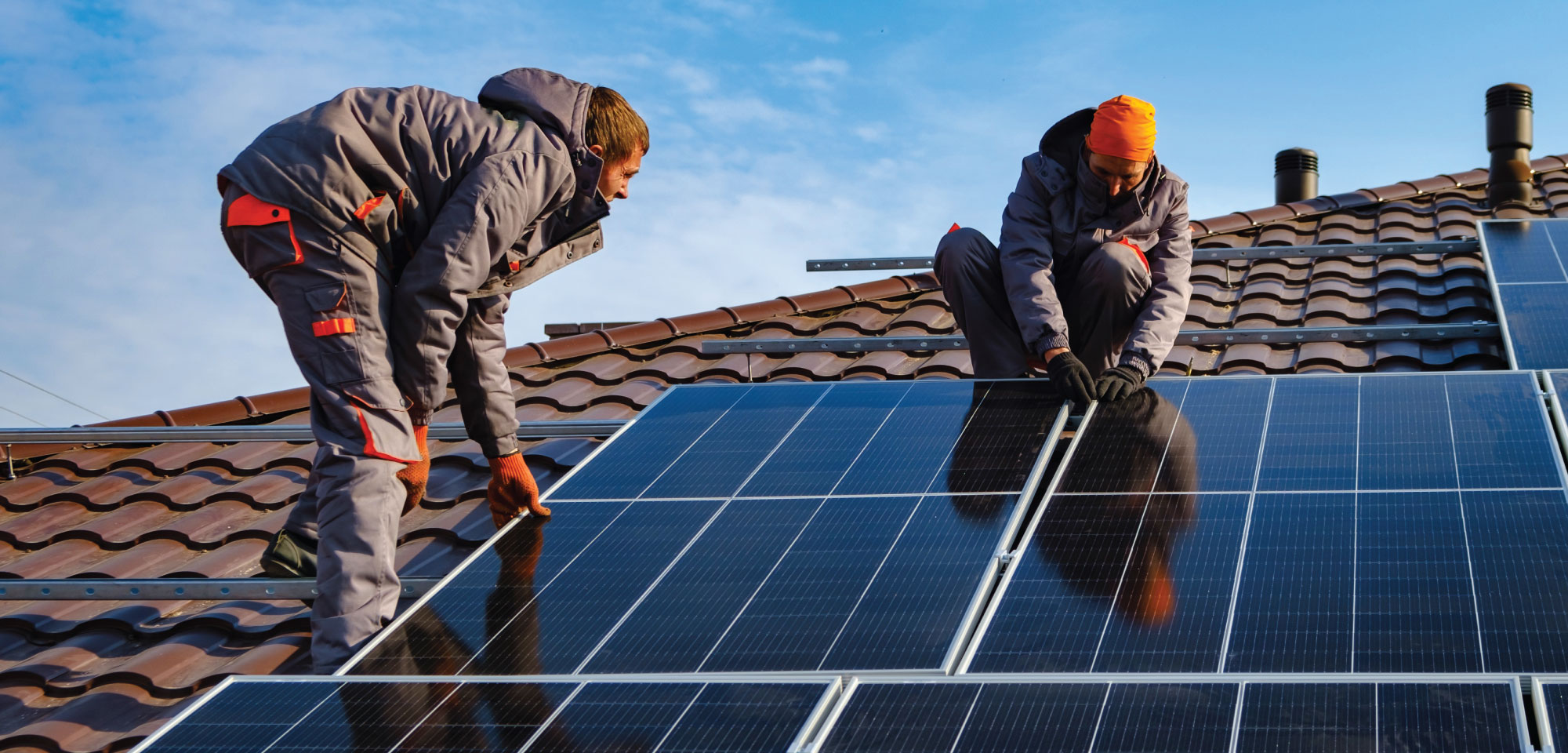Best Solar Panel Company Virginia Fundamentals Explained
Best Solar Panel Company Virginia Fundamentals Explained
Blog Article
Solar Power Installation Virginia: Lumina Solar Specializes In Supplying Advanced Photovoltaic Solutions For Houses And Businesses
History and Establishing
Have you ever questioned how a photovoltaic panel business springs from a simple trigger of inspiration into a powerhouse of renewable resource? It often begins with a vision-- one sustained by a mix of innovation, determination, and a pinch of serendipity. The journey of numerous solar companies mirrors the evolution of the technology itself: from large, ineffective panels to smooth, high-efficiency marvels utilizing the sun's bounty.
The Early Days
In the late 20th century, when solar energy was still a niche idea, leaders planted seeds for what would end up being an international movement. Picture a little workshop filled with curious engineers, tirelessly try out photovoltaic cells. Their enthusiasm was palpable, often driven by a desire to fight environment modification and minimize dependence on nonrenewable fuel sources.
One such anecdote has to do with a creator who, motivated by an outdoor camping journey, recognized that even in remote areas, the sun could power important devices. This simple observation triggered a business's objective to equalize access to clean energy.
Founding Concepts

- Innovation: Constantly pushing the limits of solar innovation to enhance effectiveness and sturdiness.
- Sustainability: Dedicating to environmentally friendly production and lowering carbon footprints.
- Ease of access: Making eco-friendly energy options cost effective and useful for everyday users.
Turning points in Development
| Year | Secret Occasion |
|---|---|
| 1985 | Company established in a small garage, concentrating on research study and development. |
| 1995 | Very first business photovoltaic panel item released, getting regional attention. |
| 2005 | Broadened to international markets, embracing worldwide sustainable energy goals. |
| 2015 | Presented innovative photovoltaic panel technology with improved energy conversion. |
Isn't it remarkable how these incremental steps, typically neglected, form the energy landscape today? The solar panel business story is not almost innovation; it's about an unrelenting quest for a brighter, cleaner future.

Developments in Photovoltaic Panel Technologies
Ever observed how some solar panels gleam brighter and last longer? It's not magic; it's the science of photovoltaic effectiveness. Modern solar panel business invest greatly in technologies like bifacial cells, which catch sunlight from both sides, enhancing energy harvest without broadening roof space. Have you ever wondered why some panels carry out much better on cloudy days? That is because of advances in thin-film solar technology, which flourishes under diffused light conditions.
Item Variations Tailored to Unique Requirements
One size never ever fits all. Solar panel service providers now use:
- Monocrystalline panels for maximum performance and streamlined aesthetics, ideal for space-constrained rooftops.
- Polycrystalline panels, which offer an affordable option without compromising too much output.
- Building-integrated photovoltaics (BIPV), merging solar tech flawlessly into architectural components like windows and exteriors.
Choosing the ideal product isn't practically in advance expense; it has to do with matching your environment, energy objectives, and long-lasting cost savings. For instance, homes shaded by trees need panels that excel in low-light circumstances, something numerous neglect until energy expenses climb check here all of a sudden.
Technical Tips for Ideal Selection
- Assess the temperature coefficient-- lower worths indicate panels lose less performance on hot days.
- Try to find panels with enhanced anti-reflective finishings to make the most of light absorption.
- Consider the panel's guarantee not simply for flaws, but for ensured power output over decades.
- Don't underestimate the significance of the inverter technology coupled with the panels; it can make or break your system's efficiency.
Beyond Panels: Emerging Trends
Envision photovoltaic panels that change their angle immediately to go after the sun-- tracking systems are becoming more accessible, increasing yield substantially. Or solar tiles that blend undetectably into your roofline, changing your home into a quiet, self-sufficient power generator. These developments are reshaping what a solar panel business offers-- not simply items, but integrated energy options.
Market Existence and Global Operations
Ever question why some photovoltaic panel business appear to grow up in every corner of the globe while others barely make a ripple? The difference lies not just in technology however in mastering the art of browsing varied markets. Broadening globally resembles planting seeds in various environments-- you should understand each environment's distinct conditions to grow.
Take, for example, the complex dance of logistics and supply chain management. Delivering panels midway across the world isn't simply about distance; it's about timing, customs, tariffs, and adjusting to regional need fluctuations. A business with robust global operations prepares for these variables, guaranteeing panels arrive on schedule without pumping up expenses. This foresight is no small accomplishment and often separates market leaders from fans.
Key Techniques for Expanding Market Existence
- Localized production: Developing production hubs near target audience minimizes shipping hold-ups and import complexities.
- Strategic collaborations: Working together with regional companies speeds up market penetration and builds trust.
- Adaptive product style: Customizing photovoltaic panel tech to weather, sun intensity, and facilities subtleties improves performance and acceptance.
What about the human element? Solar panel companies operating internationally must fix up cultural distinctions and regulative subtleties without losing sight of their core objective. What works in a sun-drenched desert may falter in a damp seaside area. In some cases, the most innovative solution is simply listening-- soaking up local insights to improve technology and approach.
Experts frequently recommend a phased rollout rather than a shotgun expansion. Why risk overextension when determined development constructs sustainable momentum? Scaling carefully indicates balancing ambition with functional durability - Solar Panel Installation Virginia. In the race for sustainable energy supremacy, perseverance can be as important as speed.
Environmental Effect and Sustainability Practices
When photovoltaic panels initially emerged, lots of assumed they brought no ecological luggage. Nevertheless, the truth is more nuanced. The production of solar batteries includes uncommon earth metals and energy-intensive processes, which can leave a substantial carbon footprint before the panels even reach rooftops. Yet, the real environmental expense depends greatly on the sustainability practices used by the photovoltaic panel business throughout the lifecycle of their items.
How often do we stop briefly to consider what takes place to solar panels at the end of their helpful life? Unlike batteries or electronic devices, photovoltaic panels can last 25-30 years, but disposal and recycling paths remain underdeveloped in many regions. A business committed to lowering ecological harm will have a robust strategy for recycling photovoltaic materials, salvaging important silicon, glass, and metals to prevent garbage dump accumulation.
Key Sustainability Strategies
- Utilizing low-impact production methods that lessen water and energy intake.
- Carrying out closed-loop systems to recycle production waste back into brand-new panels.
- Taking part in transparent supply chain audits to make sure ethical sourcing of raw products.
- Designing panels for simpler disassembly to help future recycling efforts.
It deserves keeping in mind that some solar companies have pioneered ingenious approaches, such as integrating naturally degradable components or utilizing less toxic chemicals during fabrication. This not just decreases environmental strain however also sets a precedent for the market. The concern remains: can the solar market truly pivot towards a circular economy design without sacrificing effectiveness or price?
Expert Tips for Assessing Sustainability
- Inquire about the company's dedication to carbon-neutral production and whether they offset emissions.
- Investigate if they partner with licensed recycling centers devoted to solar panel waste.
- Look for openness reports detailing environmental effects and sustainability goals.
- Think about the durability and guarantee of panels as an indirect procedure of resource efficiency.
In the end, going with solar energy ought to suggest more than just slashing electrical energy bills; it has to do with supporting a future where energy is harvested properly and waste is thoughtfully managed. Solar panel business that accept this approach not just brighten homes however also cast a brighter light on sustainable innovation.
Report this page